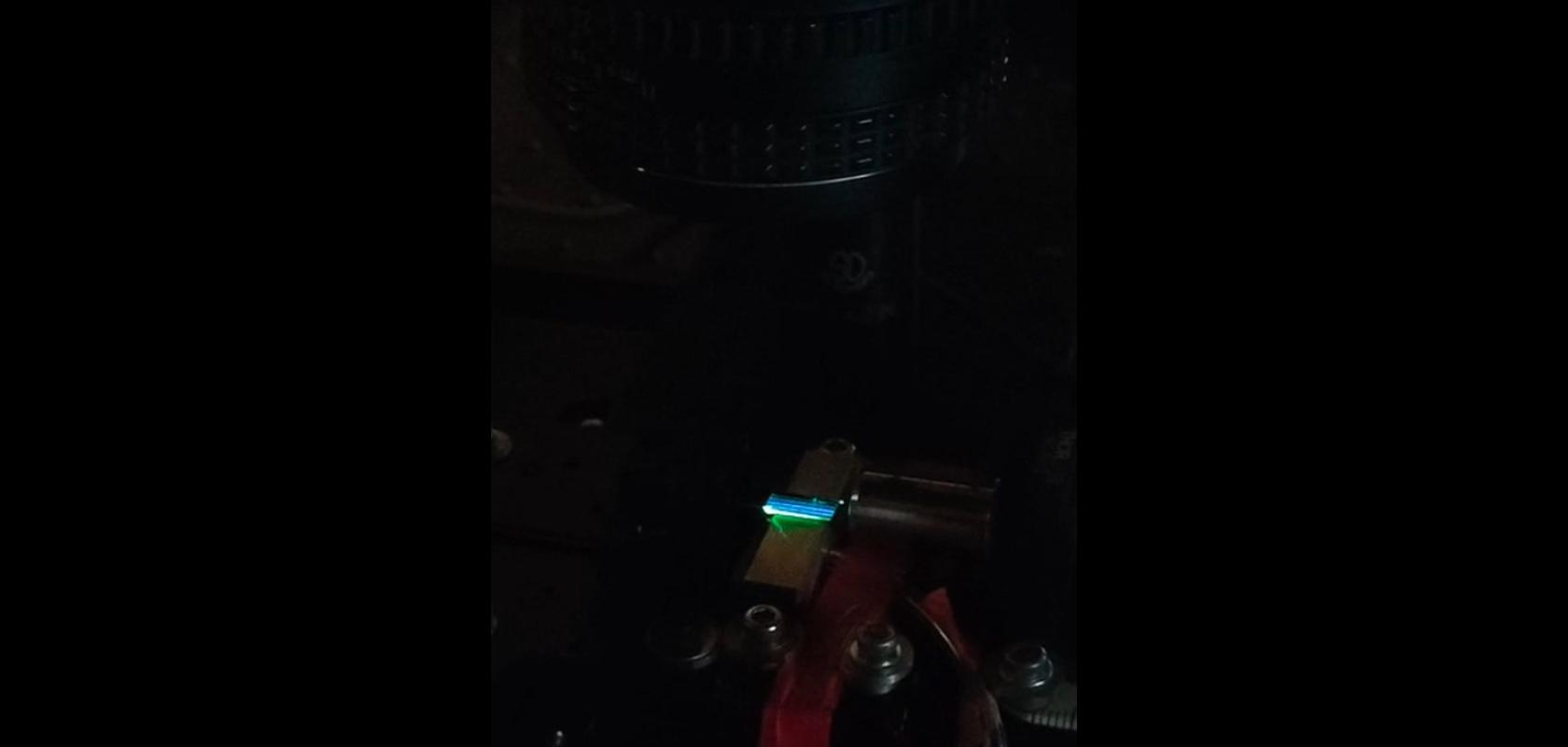Scientists from the University of Twente have made what they say is a ‘breakthrough’ in ultra-efficient on-chip supercontinuum generation.
The findings, published in Advanced Photonics Research, could represent a major step forward in the field of integrated photonics and enable applications in portable medical imaging devices, chemical sensing and lidar.
Lasers normally emit light that is coherent: the waves they emit are identical in frequency and waveform. The coherent light makes it possible to send a narrow beam over extreme distances with very low noise. However, this also means that lasers only emit a single colour of light, which can limit their applications.
In contrast, supercontinuum lasers are able to produce a continuous spectrum of colour and can therefore appear white. However, to generate this wide bandwidth of colours, such lasers have a high peak power consumption (pulse energy), have a large physical footprint, and have to be stabilised in a laboratory. This makes them expensive and less useful than initially expected.
In their recent work, the researchers from the University of Twente have managed to significantly reduce the pulse energy needed to generate the continuous spectrum of colour. To do this, the team used so-called sign-alternating-dispersion waveguides, which are designed to control the dispersion of light by alternately widening and narrowing the beam.
“With this method, we reduced the amount of pulse energy needed by around a thousandfold compared to traditional methods”, says first-author Haider Zia, "This is an exciting development in the field of integrated photonics. Our method offers a more efficient way to generate supercontinuum light on a chip, which has many potential applications in medical imaging and lidar."


